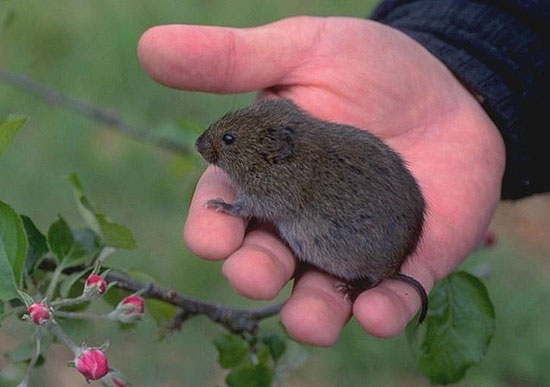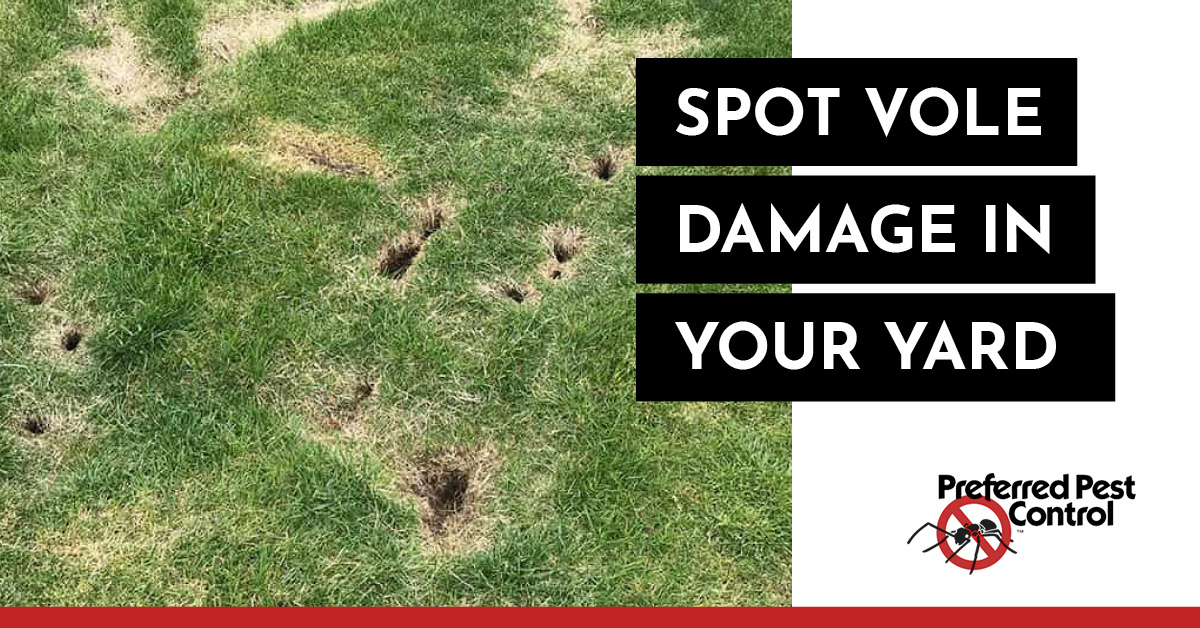Proven Vole Control Techniques to Protect Your Property
Proven Vole Control Techniques to Protect Your Property
Blog Article
Comprehensive Guide to Effective Vole Parasite Control: Infestation Identification and Treatment Methods
In the world of efficient insect control, vole problems pose an unique difficulty that demands a tactical method. By discovering the subtleties of vole behavior, comprehending key indications of infestation, and assessing a variety of control alternatives, one can establish a comprehensive method to deal with these elusive bugs.
Comprehending Vole Behavior
Vole actions is defined by their delving habits and fast recreation rates, making them a challenging insect to manage properly. Their rapid reproductive rate further complicates control initiatives, with women qualified of creating numerous clutters in a solitary year, each containing numerous spawn.
Voles are most active during the morning and evening hours, spending the bulk of their time foraging for food. Their tunneling behaviors not just disrupt grass and yards but also make them challenging to discover and get rid of. Recognizing vole actions is important for reliable bug control techniques. By identifying their burrow areas, keeping an eye on feeding areas, and implementing targeted control methods, such as capturing or environment modification, vole problems can be taken care of efficiently.
Indications of Vole Infestation

Prevention Approaches
Carrying out efficient avoidance methods is vital in decreasing vole problems and protecting plants from their harmful feeding habits. To stop vole infestations, it is important to start by getting rid of possible food resources and sanctuary.
Consistently examining the home for signs of vole activity, such as runways and delve openings, is vital for very early detection and timely activity. Think about using catches or repellents strategically positioned near their paths if vole task is thought. Utilizing all-natural killers like owls or snakes can additionally help keep vole populaces in check. By executing a mix of these avoidance property owners, garden enthusiasts and strategies can properly secure their plant life from vole damages.
Non-Lethal Control Methods
To effectively manage vole populaces while prioritizing gentle approaches, non-lethal control approaches supply useful solutions for lowering vole damages in yards and landscapes. These obstacles can be hidden at the very least 12 inches curved and deep at a 90-degree angle to protect against look these up voles from burrowing underneath.

Lethal Control Options
One effective method for dealing with vole invasions in landscapes and gardens entails the critical use lethal control choices. When confronted with an extreme vole problem that non-lethal approaches have actually fallen short to include, executing dangerous control steps comes to be vital. One typically used dangerous control alternative is the usage of breeze traps. These catches are made to quickly and humanely kill voles upon activation, making them a prominent choice for many garden enthusiasts and landscapers. To increase the effectiveness of breeze catches, it is suggested to place them in locations where vole task is high, such as along paths or near burrow entrances. Another lethal control option is the utilization of toxic lures particularly created to target voles. These baits consist of toxin that is consumed by the voles, bring about their eventual demise. Nonetheless, care should be exercised when using hazardous baits to avoid injury to non-target pets or animals. On the whole, when utilizing deadly control options, it is essential to do so properly and in conformity with regional laws to efficiently manage vole problems.
Final Thought
In final thought, efficient vole bug control calls for a detailed understanding of vole behavior, recognition of signs of invasion, implementation of avoidance methods, and application of both non-lethal and dangerous control techniques. By incorporating these approaches, individuals can efficiently manage vole populations and secure their residential or commercial visite site property from damages. It is essential to address vole infestations promptly to stop more concerns and minimize the effect on the surrounding environment.
Offered the intricate passage systems and fast recreation prices particular of voles, recognizing the indications of vole infestation becomes important in reliable pest control. One of the primary indications of vole presence is the presence of surface runways or tracks in grass or snow, generally about 1-2 inches broad, created as voles travel between their burrows and food sources.To properly take care of vole populations while prioritizing humane approaches, non-lethal control methods use sensible services for decreasing vole damage in yards and landscapes.One efficient approach for resolving vole invasions in landscapes and gardens entails the strategic usage of dangerous control choices. vole control.In final thought, effective vole pest control requires an extensive understanding of vole actions, recognition of informative post signs of problem, application of prevention approaches, and application of both non-lethal and dangerous control methods
Report this page